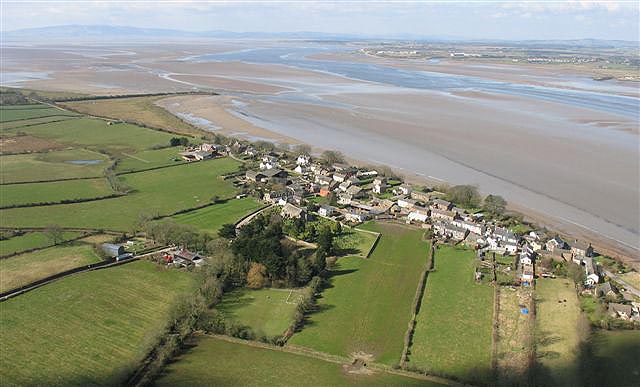Solway Firth renewables study published
The Solway Firth Energy Feasibility Study has identified options for four tidal barrages, two lagoons and three tidal reefs, which could generate between 100MW to 6GW of energy.
If progressed, development would result in significant investment and job creation in West Cumbria, regeneration agency Cumbria Vision said, as well as providing enough green energy to power hundreds of thousands of homes.
The Solway Estuary is the second most powerful estuary in Britain after the Severn Estuary. Its massive potential was outlined in the recently published report, The Scope for renewable Energy in Cumbria, written by former Government energy adviser and environmental scientist Sir Martin Holdgate on behalf of Cumbria Vision's Renewable Energy Panel.
The Solway study was written by a team consisting of Halcrow Group, Mott MacDonald and RSK Group. The work was funded by the North West Development Agency, Scottish Enterprise and the Nuclear Decommissioning Authority.
Simon Sjenitzer, strategy director at Cumbria Vision, said: "We now have a number of options on the table for this exciting project – the real challenge now lies in agreeing on the best way forward. The huge potential of a Solway Energy Gateway is obvious, but given the many environmental protections in place and the large scale costs of tidal development, it is essential we look to identify an option which is acceptable, achievable and can generate a substantial amount of green energy.
"Tidal power has an important role to play in the Britain's Energy Coast initiative and the wider push across Cumbria to become a significant generator in low carbon and renewable energy. It is important we replicate the national wish for an energy mix, and schemes such as the Solway Energy Gateway will help make a valuable contribution to the Government's renewable energy and carbon reduction targets."
The Solway Firth Energy Feasibility Study examined options for energy generation against technical, financial, environmental and socio-economic impacts.
- The report can be downloaded at http://www.solwayenergygateway.co.uk/.




